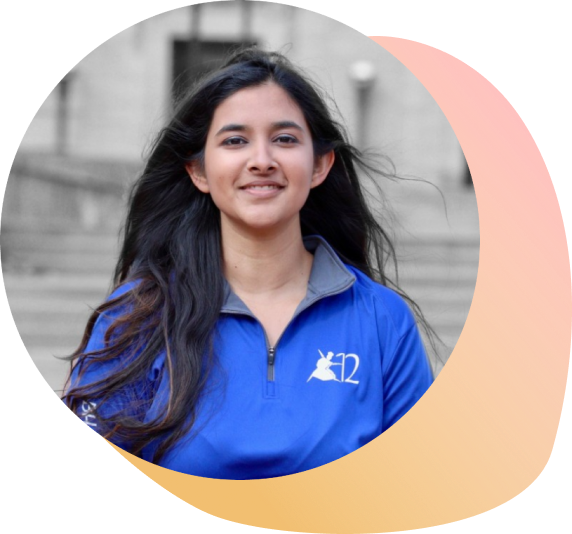Our Advocacy Work
We are a group of Master’s students from Carnegie Mellon University studying Human-Computer Interaction. We employed different human-centered research techniques to learn about the personal experiences of people with impairments and how disability may impact pedestrian navigation. We used this knowledge to guide our design thinking and inform our work.
We used pathVu’s current navigation app as a base upon which to iterate, ultimately designing an app that allows users with mobility impairments to learn about the accessibility obstacles and features of routes and destinations as they pre-plan their journeys. To ensure this information is accurate and up-to-date, users—able-bodied or with impairments—can report it in the app via a crowdsourcing model in return for rewards at local businesses.
Key Features
Navigation



Personalization
Smart Routes
Route and Location Details
Contribution



Crowdsourcing
Accessibility Education
Rewards
Our Process
139
Interviews and usability tests
43
Interviews with older adults and people with mobility impairments
96
Interviews with able-bodied people
We spoke with older adults and people with mobility impairments to learn about how they travel as pedestrians, their pain points, and their needs.

Then, we synthesized our findings to figure out design directions, created prototypes, and tested them.

Our Advocacy Partners
We partnered with SWPPA and pathVu to advocate for older adults and people with disabilities. We are using our human-centered design skills to create a pedestrian navigation experience that is safe and accessible for all.

Southwestern Pennsylvania Partnership for Aging (SWPPA) is a volunteer-led organization that advocates for older adults in Southwestern Pennsylvania. They seek to promote change in systems and policies to improve the quality of life for all people, particularly for our oldest generations.
See more from SWPPA here→
We are entering this space as user researchers and designers. We deliberated on where we could make the biggest impact, which is where pathVu comes in.

pathVu is a local Pittsburgh startup that is focusing on making sidewalk transportation safer and more accessible. Their mobile app helps all people navigate sidewalks faster and more safely and allows you to customize your path to your unique travel needs.
See more from pathVu here→
Team AMATA

Aditi Dhabalia
Aditi has a background in Architecture and Human Computer Interaction. She has always been fascinated by the interaction of the physical and digital worlds, and is excited to explore that intersection as means of bringing meaningful change through this project.

Meo Zhang
Meo is a product designer, a former architect, and a game design enthusiast. As a designer, she advocates for inclusive and accessible design solutions that empower social minorities.

Amanda Crawford
Amanda has a background in Computer Science and Psychology. She is passionate about using human-centered software design practices to solve problems and is excited to learn more about inclusive design and accessibility throughout the design process.

Thuy-Vy Nguyen
Thuy-Vy has a background in Neuroscience and Art History. She is excited to apply her research experience to human-centered problems and to expand her creative design skills to create solutions that have a positive impact on the world!

Andrew Kyroudis
Andrew’s background is in Cognitive Neuroscience research and is passionate about applying insights from brain science to human-centered design problems. He wants to grow as a designer and learn more about utilizing technologies to create innovative solutions and user experiences.








